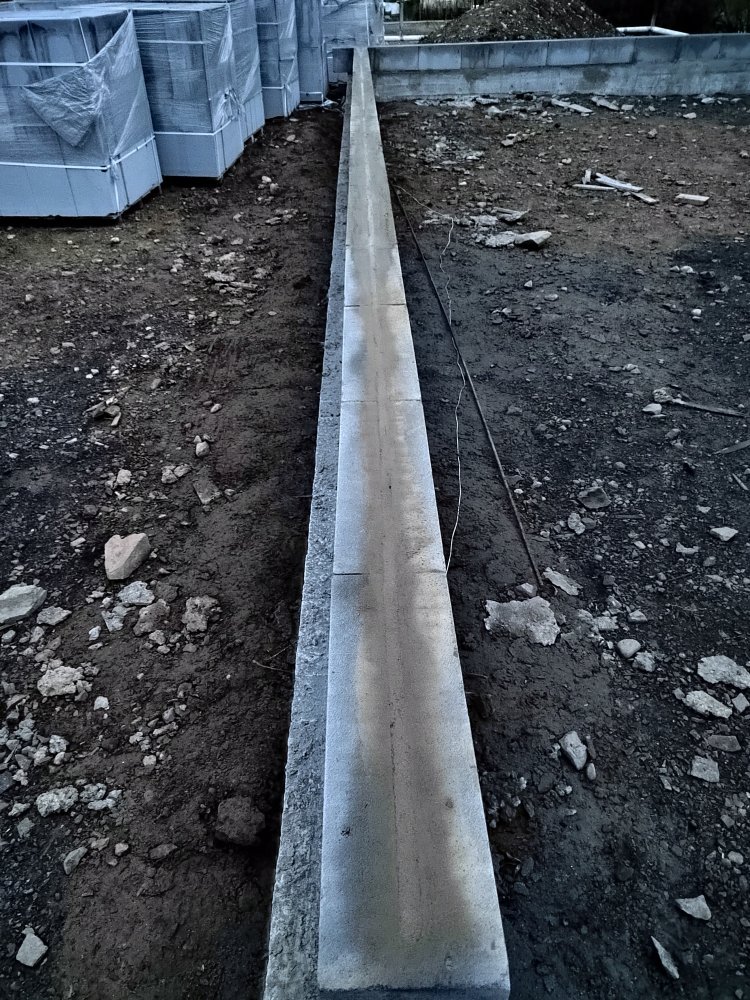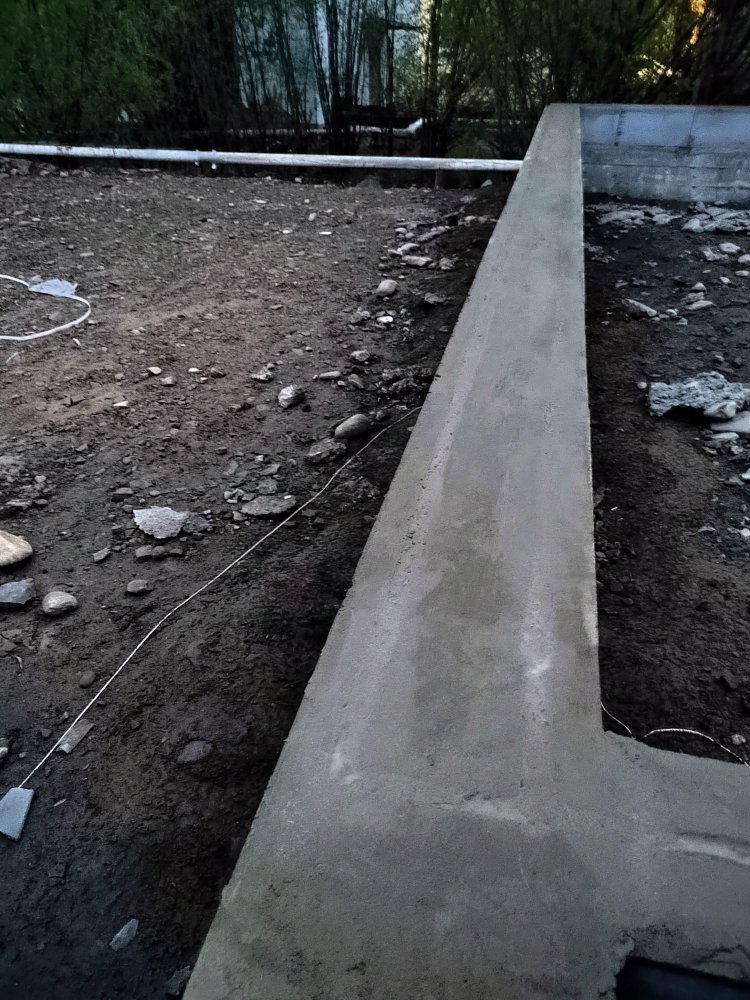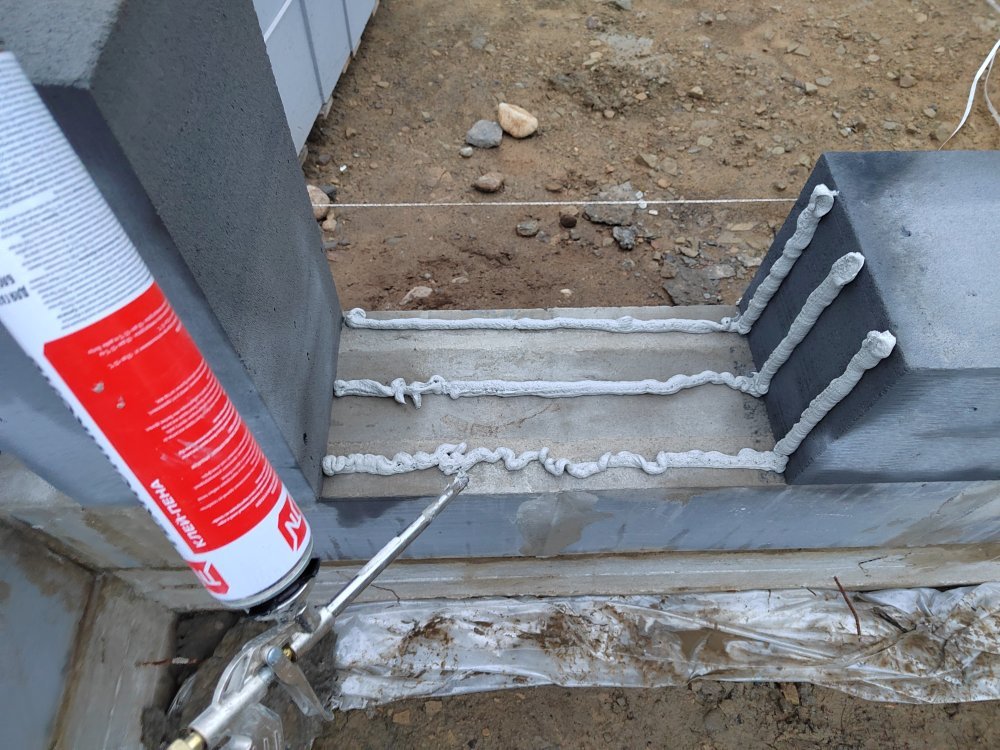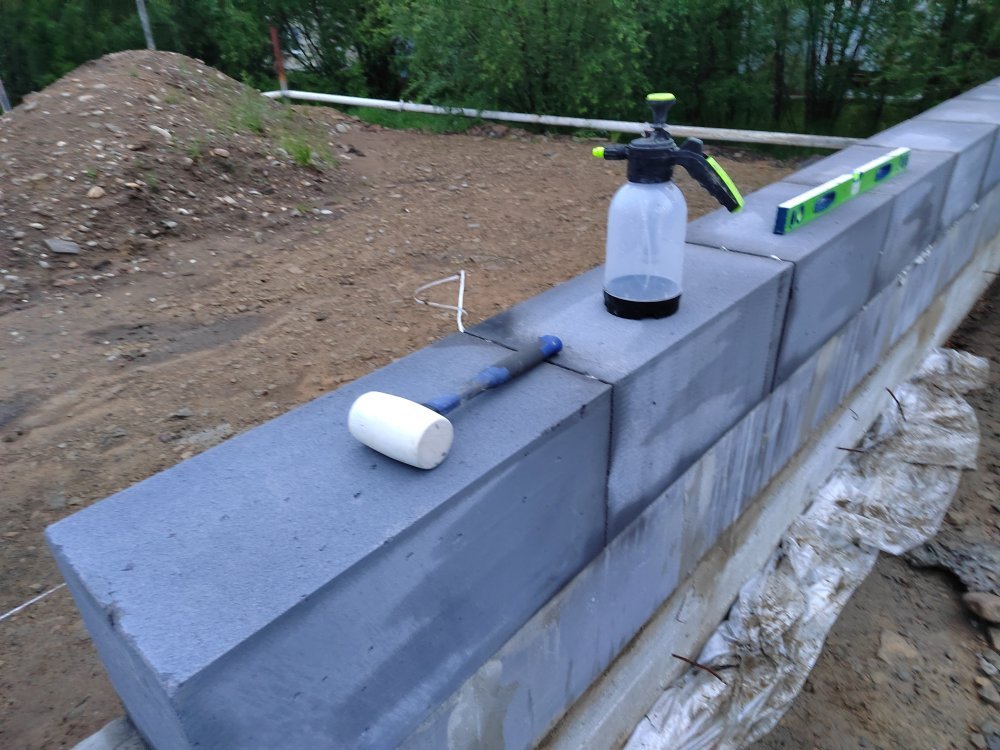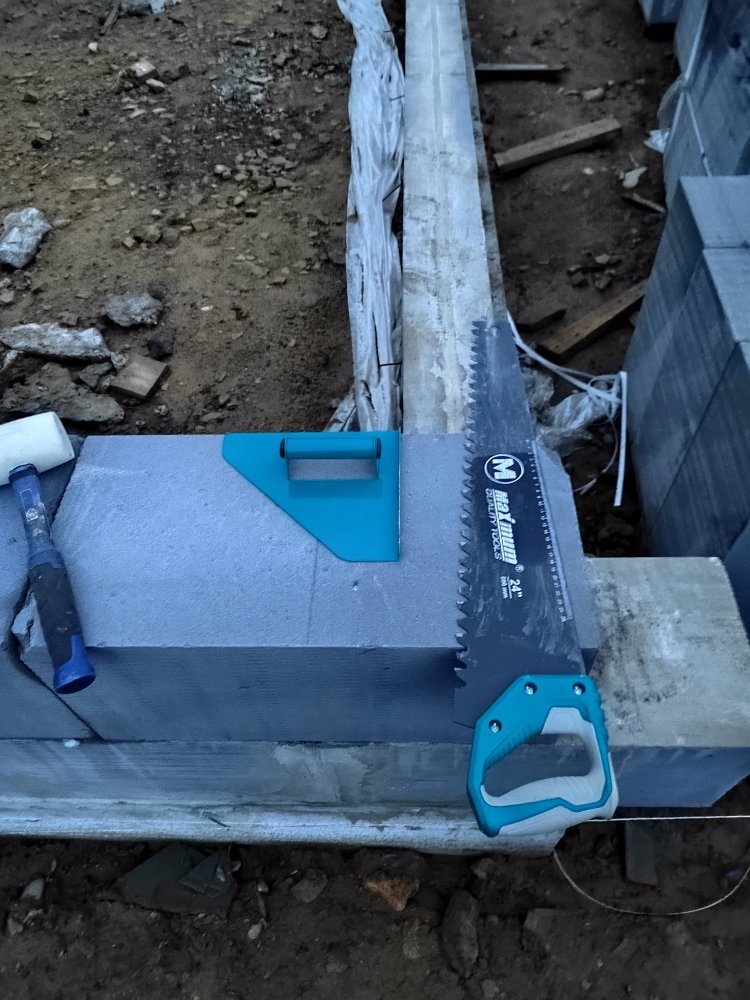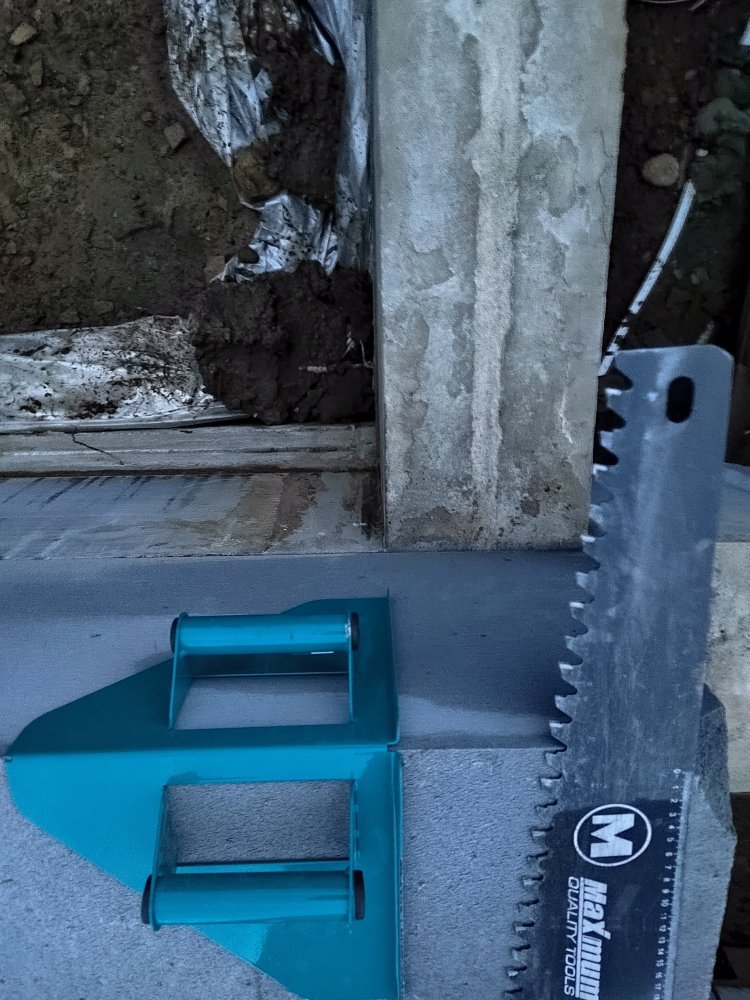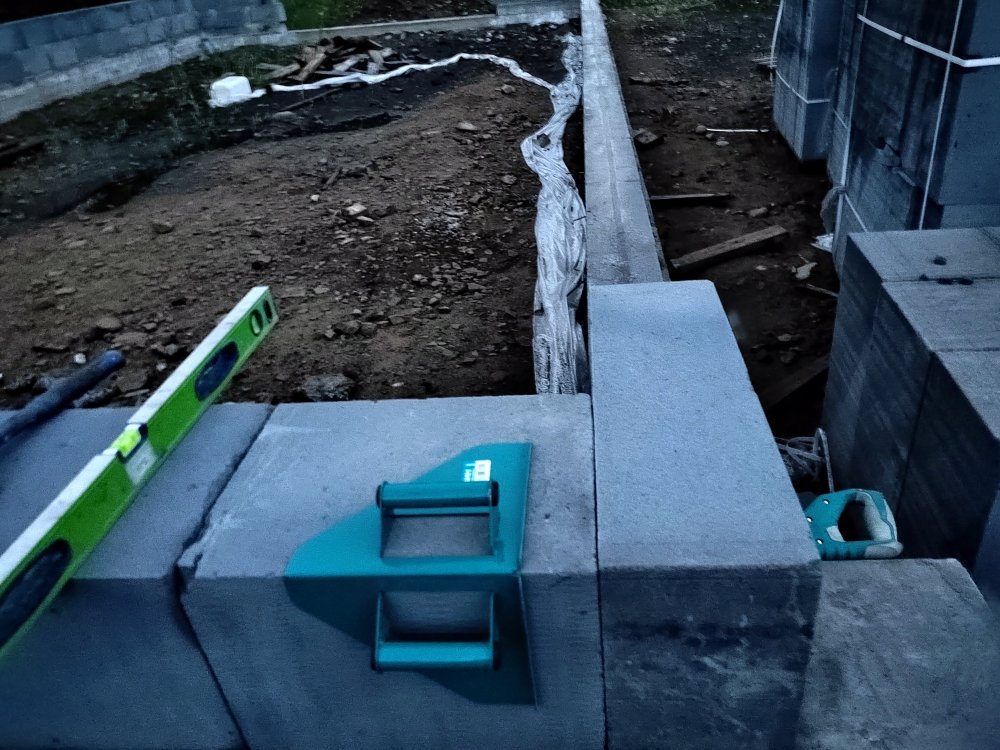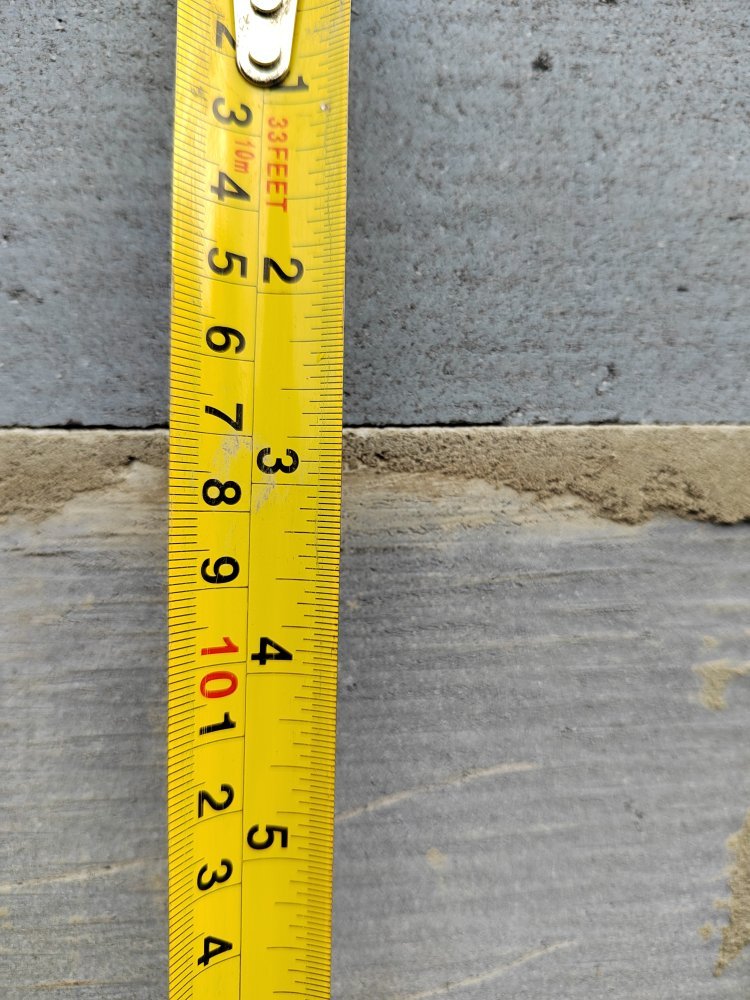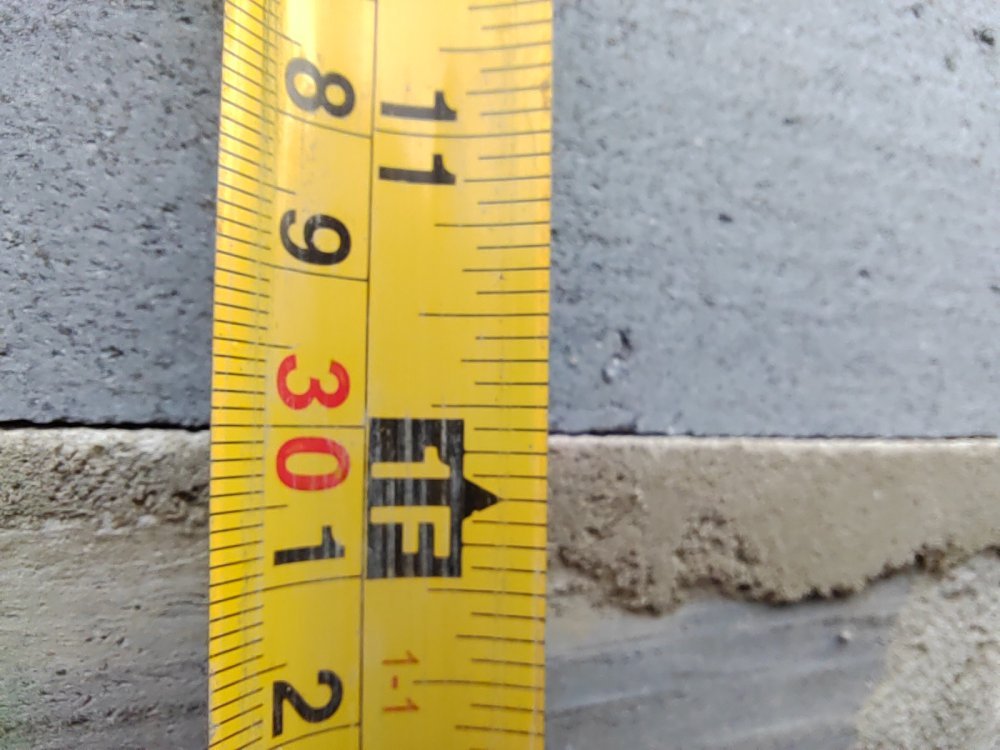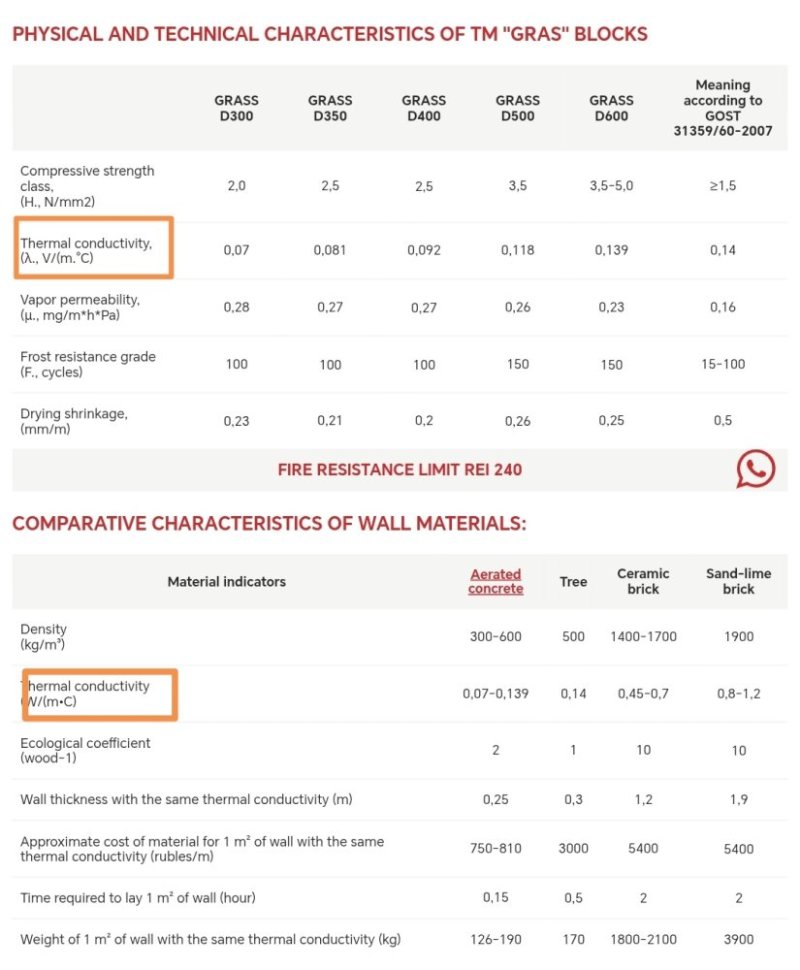SnowDrift
Ultra Conservative. ULTRA!
If I had to guess, I would estimate about everything is more difficult where you are except for getting cooled off.
Between you and Les, the two of you probably have more grit that half the guys on the forum combined.
Between you and Les, the two of you probably have more grit that half the guys on the forum combined.

